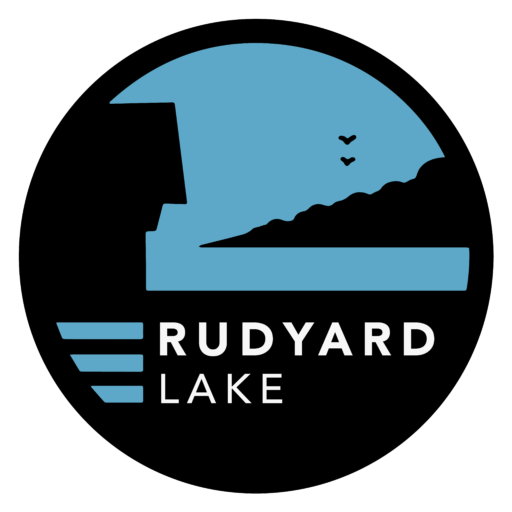Hotels, Hostels and Hostelries
The North Staffs Railway Traffic Committee decided in October 1850 to convert the existing water bailiff’s house into an inn which we know today as the Hotel Rudyard and also to erect a cottage for the labourers at Rudyard; this
Reservoir Operation
Rudyard Lake is a man made reservoir and is supplied from a feeder at the north end which runs from the river Dane. At the south end the dam incorporates a ‘spillway’ which determines the maximum level of the water in the lake;
Cliffe Park Hall
Cliffe Park Hall, located on the northwest side of the lake was built by John Haworth in 1811 at a cost of £25,000.
The Activity Centre
With the opening of The Visitor’s Centre in 2001 Rudyard Lake received much positive press coverage and relatively local people from places such as Congleton and Macclesfield “rediscovered” the Lake on their doorstep, a place which previously had something of
Earl of Macclesfield Boathouse
The Earl of Macclesfield Boathouse was built in the 1850’s for the Earl’s use and is the oldest boathouse on the lake.
Schools of Rudyard
Horton St Michael’s is a small rural village First School set in the heart of the Staffordshire Moorlands, close to Leek. It currently has 82 pupils on roll, from a varied catchment of mixed socio-economic groups, largely consisting of a farming community, drawing on the
Golf at Rudyard Lake
Rudyard Lake Golf Club was formed in 1906 and was the first golf club in North Staffordshire.
History of the Dam
The Dam was designed by John Rennie and construction started in 1797 with Hugh Henshall as resident engineer. Shortly after the Dam was completed, cracks were found at its ends necessitating the Dam to be extended with wings at
Churches of Rudyard
Rudyard falls within the parish of Horton but has always shown an independent streak in denominational preferences. Quaker house meetings were held in the area in the 17th century and the first Methodist society was formed at Bank House in
Local People
The Rudyard Lake archive has many pictures of the people who have lived round the lake over the years, from the more prominent residents like Fanny Bostock and the Reverend Boothman of Cliffe Park Hall to the ordinary folk in more modest










